Technological innovations and needs for improved conservation and production
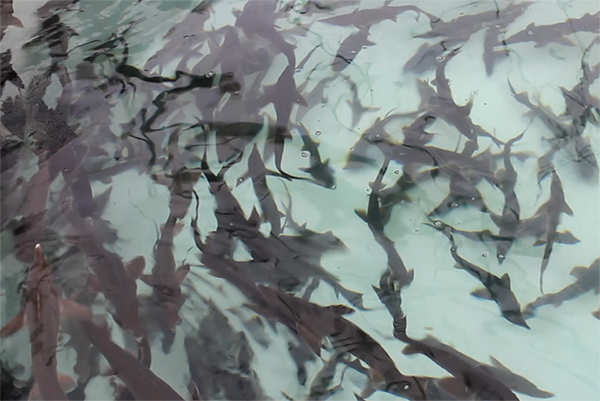
Sturgeons are primitive fish and are often referred to as “living fossils.” Fishes of this order (Acipenseriformes) are found in the Atlantic, the Pacific, the Mediterranean and the Black Sea as well as rivers, lakes and inland seas of the Northern Hemisphere above the 30th parallel.
Many species of sturgeons are commercially exploited for their caviar, flesh and isinglass, and are one of the most endangered groups of vertebrates. But species like the European sturgeon Acipenser sturio) is already extinct from the Guadalquivir, Rhine, Elbe and the Thames Rivers due to the combined high pressure of overfishing, blockage of spawning migrations and habitat degradation.
Construction of dams has adversely affected the migration of sturgeon. However, fishways and artificial spawning habitats are gaining importance in maintaining sturgeon populations in their natural environments. But sturgeons need international conservation programs, and many existing populations have little chance to survive without artificial breeding and ranching programs.
Numerous publications are available on sturgeon biology, conservation genetics, aquaculture, embryonic development and several other pertinent areas. In-depth knowledge of embryological development is crucial for hatchery management, effective conservation and restocking programs of sturgeon. In recirculation aquaculture systems (RAS), where the temperature, light, feeding regime and water quality are maintained at optimum levels, sturgeons attain maturity very quickly, up to twice as fast as in their natural environment.
This article – adapted and summarized from the original publication (Chandra, G. and D. Fopp-Bayat. 2021. Trends in aquaculture and conservation of sturgeons: a review of molecular and cytogenetic tools. Rev. Aquac. 13(1), January 2021) – reports on a comprehensive review paper describing several research tools and their potential application in resource management, aquaculture and conservation of sturgeon populations.
Genome engineering in sturgeons
Genome engineering [or genome editing, a form of genetic engineering in which DNA is inserted, deleted, replaced or modified in the genome of a living organism] techniques such as chromosome manipulation, gynogenesis [asexual reproduction where the egg cell of the organism is able to develop, unfertilized, into an adult using only maternal genetic material] and androgenesis [development of an embryo that contains chromosomes from only the male parent] are useful in developmental biology, reproduction, genetics and sex determination, and conservation-related studies, as well as to improve aquaculture production.
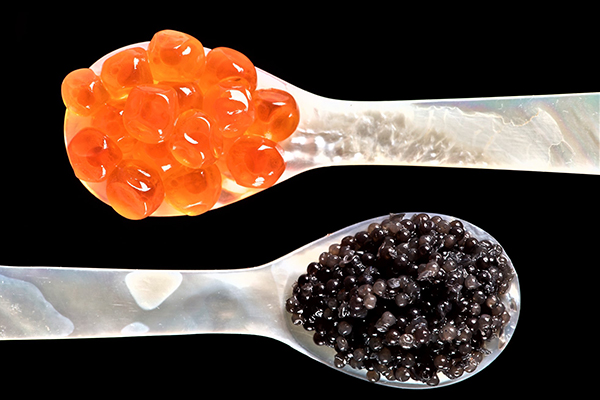
Gynogenesis and androgenesis are used to induce polyploidy [condition where the cells of an organism have more than one pair of chromosomes], and can be valuable for improved animal production. For example, some triploid [organisms with an extra set of chromosomes present in each cell] fish grow faster, taste better, are usually sterile and utilize energy for flesh production rather than for gonadal development. Both are also important for the production of all-female or all-male populations.
An important gynogenesis application is to produce sturgeons that contain only the maternal genome and are therefore helpful in the production of female stock, a source of black caviar, an expensive food product. Androgenesis is useful in conservation through the restoration of endangered species in their natural habitat. Species identification of sturgeon is decisive in the prevention of illegal and mislabeled trade of caviar and meat and plays a pivotal role in conservation, selective breeding and enforcement of sturgeon fisheries regulation across the globe.
Molecular analyses
Morphological methods of identification are based on size, shape, color and meristics [an area of fish studies involving counting quantitative features of fish, such as the number of fins or scales], but often give imprecise results. Morphological methods alone cannot differentiate closely related species of the same genus. Various protein-based methods have been used for the identifications of fish and fisheries products, but these techniques are not very suitable for species identification as protein characteristics and their presence depend on the cell types, and they lose their biological activity after the death of the animal. Furthermore, most proteins get denatured permanently when exposed to heat.
Molecular analysis, based on specific DNA fragments, gives reliable results in species identification, parentage analysis, breeding and selection programs. DNA is more heat-stable than proteins and can be isolated from thermally processed fish products. Furthermore, DNA can be isolated from any biological tissues and fluids of fish, and DNA contains much more genetic information than protein.
Champagne wishes: Breakthrough in Japan may make caviar cheaper
Species identification
Species identification is crucial in conservation, selection, breeding and prevention of illegal and mislabeled trade of fish and fisheries products. Sometimes low-value fish products are sold in the market as mislabeled, high-value fish products. There are several molecular methods available for species identification, including polymerase chain reaction (PCR) and several others that are being widely used. The suitability of the method used largely depends on the objective of the research, the cost and time to produce results.
The eggs of sturgeons are the source of black caviar and are traditionally identified by their size, color, texture, smell and taste, which often gives a vague result. However, the molecular method is simple, fast, accurate and even useful for a small amount of caviar. The identification of caviar is essential for the conservation and enforcement of fisheries regulation across the globe. Several molecular techniques are currently applied in the identification of sturgeon.
Applications in aquaculture and conservation
Many techniques described in the comprehensive, original publication are very important and useful in aquaculture and conservation of valuable and vulnerable sturgeon fisheries resources of the world, and information regarding embryonic development is critical in sturgeon hatchery management, embryo and larvae production, aquaculture and conservation of these species.
For example, cryopreservation [or cryoconservation, a process where tissues, cells, organs and other body structures susceptible to damage are preserved by cooling to very low temperatures, usually minus-80 degrees-C using solid carbon dioxide or minus-196 degrees-C using liquid nitrogen] of sperm helps in maintaining the genetic diversity of a fish population and also reduces the cost and area of broodstock development.
Genome engineering techniques such as chromosome manipulation, gynogenesis [asexual reproduction where the egg cell of the organism is able to develop, unfertilized, into an adult using only maternal genetic material and androgenesis [development of an embryo that contains chromosomes from only the male parent] are useful in developmental biology, reproduction, genetics and sex determination, and conservation-related studies.
Parentage analysis gives accurate information about effective population size, inbreeding assessment, genetic diversity levels and migration patterns, which are essential for effective conservation and restocking programs of fish in their wild habitat.
The expedited development and application of the techniques discussed – and possibly others – will support the promotion of aquaculture production and the conservation of endangered species of sturgeons. Newly developed technologies are very efficient and usually provide fast returns in comparison with older techniques.
Perspectives
Sturgeons are one of the most endangered fish groups in the world, especially because of obstruction in spawning migrations due to dam construction in rivers, human encroachment and destruction of natural breeding grounds, and intensive exploitation mainly for black caviar. Due to the disappearance of many natural sturgeon populations, aquaculture of various sturgeon species is growing rapidly, and currently, many sturgeon products are from aquaculture production. During this development of sturgeon aquaculture, scientific research began to develop rapidly to support and optimize new production technologies. Nevertheless, the newest research technologies are essential to support the latest trends of sturgeon aquaculture.
Sturgeons have a high ability to form viable and fertile hybrids that are useful in aquaculture. The new methods of species/hybrid identification are very important, as hybridization is very common in sturgeon. Banking of sturgeon sperm for aquaculture reproduction and preservation of biodiversity steadily increases its importance. Cryopreservation of semen collected from endangered sturgeon species is very important in aquaculture and conservation of these valuable fish resources. Banking of embryos and their long-term storage will be probably the most needed innovation, especially important for disappearing sturgeon species. The technology of embryos banking would be a breakthrough in the conservation of sturgeons, which is in danger of extinction.
New research focused on biology, physiology, genetics and genome engineering are essential to understand the reproductive biology of sturgeon towards the creation of all-female populations and early sex control in sturgeon. Prospective research on genome engineering techniques and gene expression analysis can provide fundamental data for accurate sex determination in sturgeons at the early stages of development, and this will have a noteworthy impact on caviar production by the female.
Genome sequencing of all sturgeon species is a very important objective to help in the identification of potential genes and their regulation in the organism, and to address various issues related to breeding, diseases, sex determination and maturation. Draft genomes are available for 24 sturgeon species and hybrids.
The rapid development of sturgeon aquaculture has resulted in outbreak of some infectious diseases. Several viral, bacterial, fungal and parasitic diseases are causing serious problems to sturgeon breeding and propagation efforts. The identification of most infectious sturgeon diseases and their control methods is not well-standardized; hence, new applications for quick identification of disease are crucially needed. Because of the increasing interest on sturgeon aquaculture worldwide, quick diagnostic tests for various sturgeon pathogens should be prioritized in research efforts.
Now that you've reached the end of the article ...
… please consider supporting GSA’s mission to advance responsible seafood practices through education, advocacy and third-party assurances. The Advocate aims to document the evolution of responsible seafood practices and share the expansive knowledge of our vast network of contributors.
By becoming a Global Seafood Alliance member, you’re ensuring that all of the pre-competitive work we do through member benefits, resources and events can continue. Individual membership costs just $50 a year.
Not a GSA member? Join us.
Authors
-
Dr. Gyan Chandra
Bihar Agricultural University, Sabour, Bhagalpur, India
-
Dr. Dorota Fopp-Bayat
Corresponding author
Department of Ichthyology and Aquaculture, Faculty of Animal Bioengineering, University of Warmia and Mazury, Olsztyn, Poland
Tagged With
Related Posts
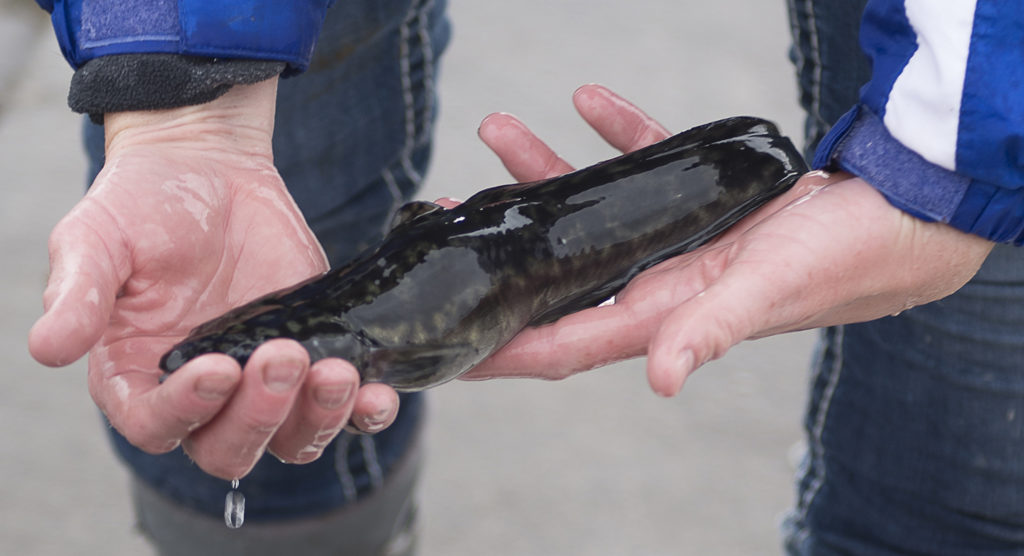
Intelligence
Burbot conservation effort spawns commercial aspirations
There’s a lot of promise for farming the freshwater species burbot (Lota lota), but more research is needed to determine economic viability.
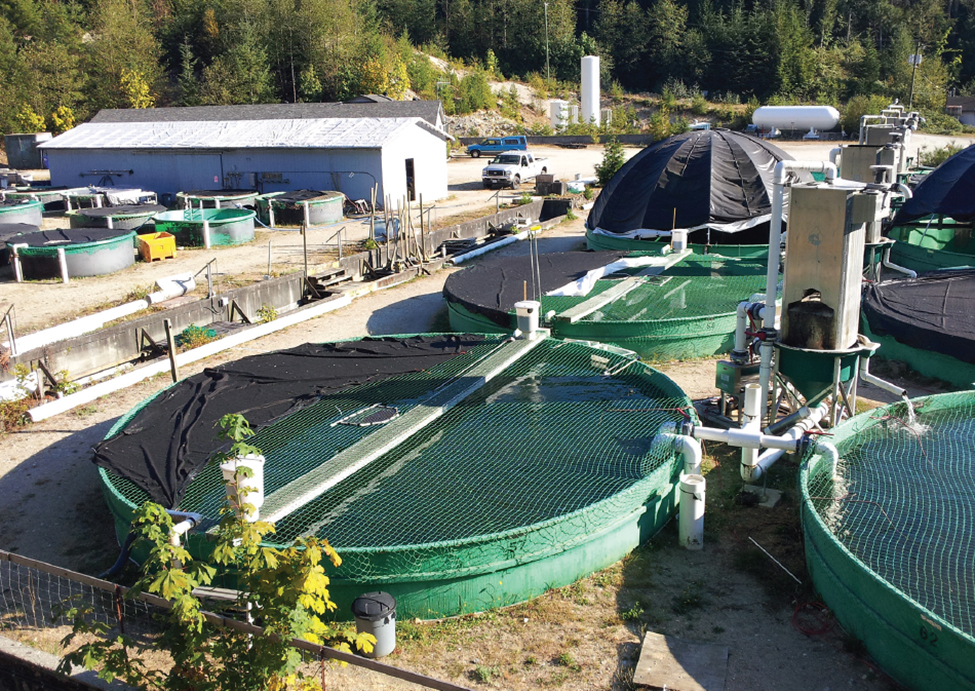
Innovation & Investment
Sturgeon aquaculture in British Columbia: Are we there yet?
Aquaculture of high-value white sturgeon is in its early phases in British Columbia, Canada. Given the long time required to produce caviar, licensed producers are looking at developing markets for value-added products and byproducts based on sturgeon meat.
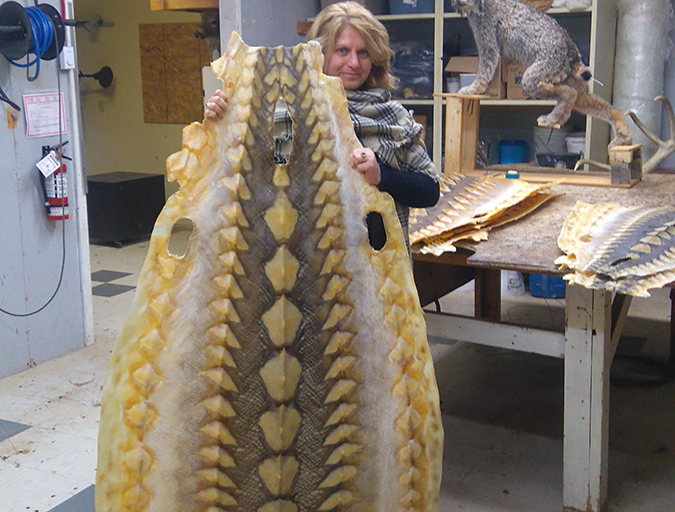
Intelligence
As sturgeon farming grows, demand concerns emerge
Caviar, or lightly salted sturgeon roe, has been enjoyed for centuries as an expensive gourmet delicacy. After a drastic decline in wild sturgeon stocks, aquaculture stepped in to fill the void. But can farmed supply find lasting balance with market demand?
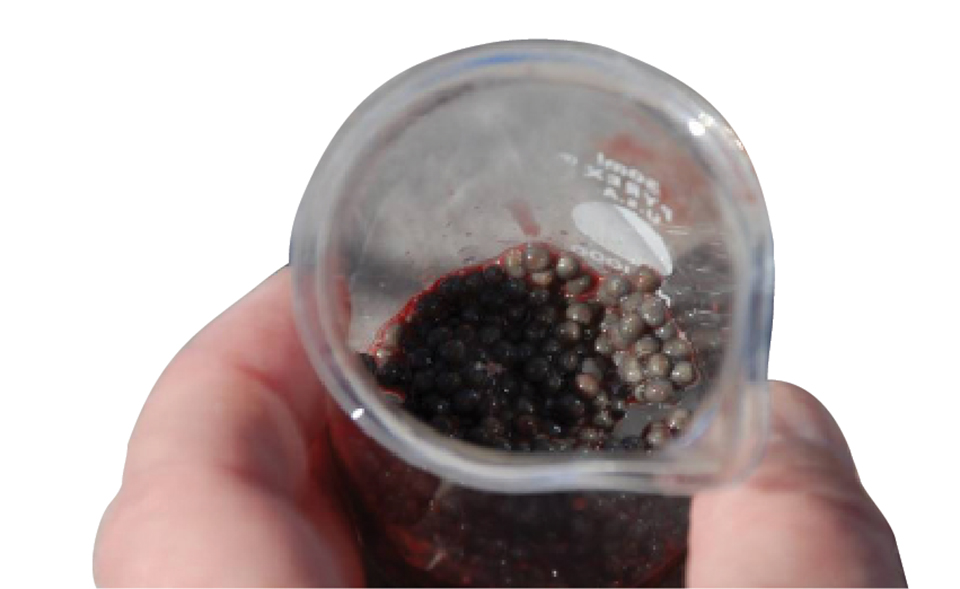
Health & Welfare
Ultrasound helps stage sturgeons for caviar production
Biopsies and polarization index measurements of mature sturgeons are highly variable and not always accurate in indicating egg maturity. Ultrasonic imaging offers a simple, less time-consuming and reliable alternative for evaluating sturgeons’ sex and oocyte maturity.



